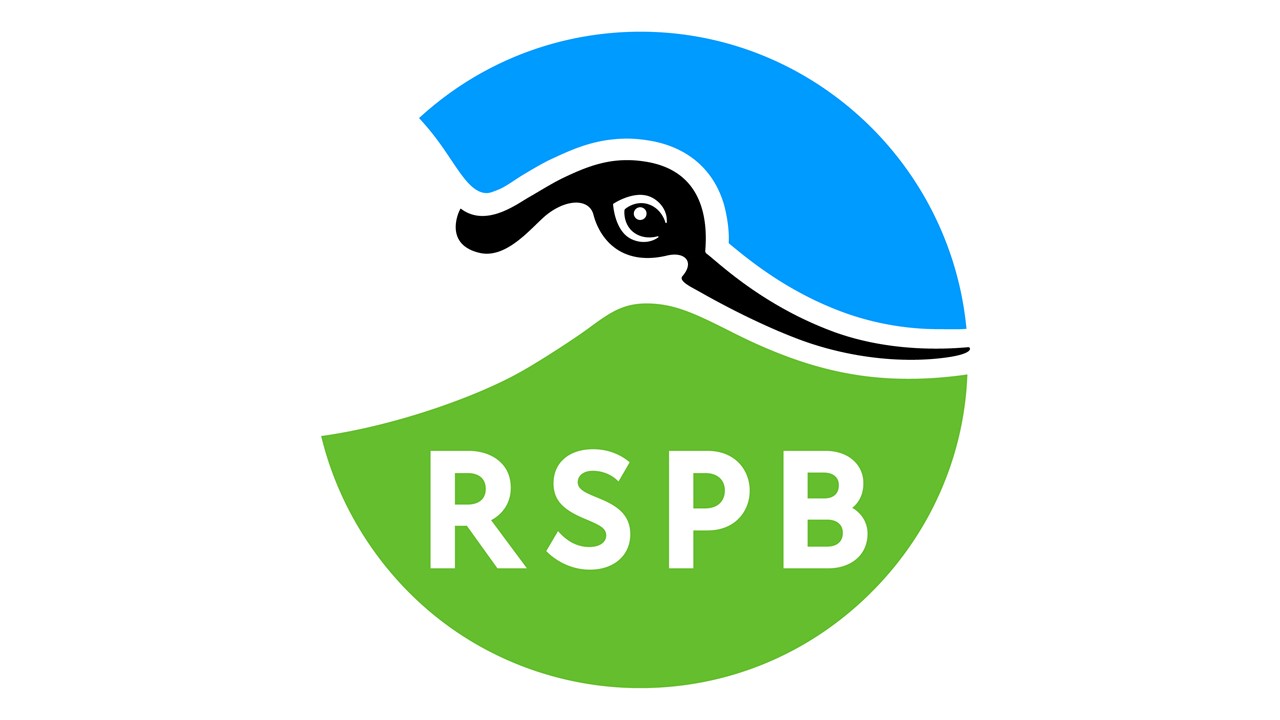WeBS Data FAQs
(1) How do I get a quote?
Due to the number of data requests we get, we require a completed data request form before we are able to produce a quote. Quotes are produced free of charge and without obligation.
(2) How much do data cost?
The costs per table depend on how much data are required (there is a discount for bulk data) and whether the data are to be used for commercial purposes. Full details of Core Count data and Low Tide Count data costs are provided on the WeBS Data charges page.
(3) Do I qualify for a discount?
Guidance Notes
(4) How quickly can I obtain data?
Data are usually provided within 15 working days. If required sooner then requests will be subject to a fee increase. See the relevant section of the WeBS Data charges page for more details.
(5) What format are the data available in?
All synopsis data are supplied as rtf, pdf, html. Core Count raw monthly data (monthly counts by species) are provided as csv files. Alternative data formats are available upon request.
(6) Can I see an example of the type of data issued as a result of submitting a data request?
Guidance Notes
(7) What's the difference between Core Count and Low Tide Count data?
The WeBS Core Count scheme is used to assess overall numbers for a particular site. Monthly data are generally available for periods as far back as the mid-1960s. WeBS Low Tide data are used to assess the overall low-tide distribution of birds on key estuaries. In general counts are conducted on a rather ad-hoc basis and only since the winter of 1992-93.
(8) Which sites have been counted and when?
Please use our Core Count Find A Site tool for assessing which sites have been covered as part of the WeBS Core Count Scheme and search by postcode, grid reference or region in Map View or by site name in List View. By clicking on the relevant site, you can retrieve a map and a summary histogram of the number of times the site has been counted in each year. To check on coverage by the WeBS Low Tide Count Scheme, please check the site level data and maps available on the WeBS Report Online Low Tide Counts.
(9) Why can't I see the boundaries of and number of counts at the site I'm interested in?
When using the drill-down tool to assess coverage by WeBS Core Counts (described above), maps and summary histograms of the number of times the site has been counted are not available for most of the larger sites. This is because the site is not currently counted at this geographical level - it may be split into smaller sections or lumped into larger ones. Please check those sections instead to ascertain the current WeBS coverage.
(10) Why can't I get fine-resolution sector level data from before 1993?
Currently, WeBS Core Count data are not stored electronically at the fine-resolution sector level prior to 1993. We are embarking on a long-term programme to transfer data from the original counter cards to our electronic database, but we don't expect this to be completed for several years.
(11) Can I sum raw data from individual sectors to give a site total?
Guidance Notes
(12) What are the most recent data available?
Due to the time it takes WeBS staff to gather, verify and load the count data, WeBS data are about a year behind the current date. The most recent data currently available are for 2019/20.
(13) Can I get maps of the locations of roosting flocks?
No. At present, we only receive the counts of birds in a count section, we do not receive any maps of locations of birds.










Share this page